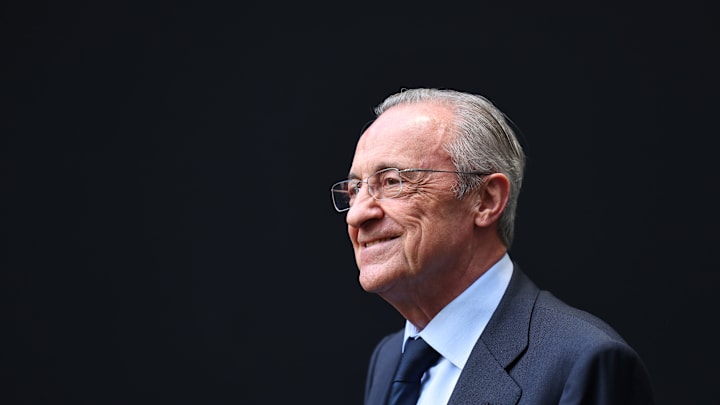Real Madrid echoes the legacy of football. They are football itself. When the beautiful sport is mentioned, a few names come to mind. Real Madrid is one of those names.
The Galacticos, as they are triumphantly called, are the most successful side in this game. From the greatest names to the greatest trophies, they’ve achieved what everyone wants to achieve, and have done so with much greater class and grandeur than anyone else.
Time and again, they’ve reminded the world who they are and what they represent. They might have bad times, even the worst of all, but they rise through them and come back stronger than they were when they dipped. That’s what makes Los Blancos special. Their ambition and their standard are second to none.
And this is largely because of where their values lie. A club that rose from the leisure of the working class and has remained so to this day is owned entirely not by a single conglomerate or a lavish investment fund, as many clubs in and around Spain are, but by its own members.
Who owns Real Madrid & who are the 'socios'?
A popular myth is that Florentino Perez, the man who is the face of Real Madrid today, is the owner of the club. But that is far from the truth. Instead, he is a mere worker of the club who works for its multiple owners.
When, back in 1902, the club came into existence as Madrid Football Club, the motto was to bring football to the world stage as a game accessible to all classes and creeds. This principle still stands true today, as Real Madrid is not owned by a single wealthy person but by its own members, called socios, who participate in voting for the president and other matters concerning the running of the club.
As of 2024, Real Madrid have a publicly stated 95,000 socios who run the club and make decisions collectively. At the top of this pyramid is the president of Real Madrid, who is elected by the socios, currently a position held by the legendary Florentino Perez.
The president is elected for a four-year term. He and his managerial staff are entrusted with strategic and daily business decisions surrounding Los Blancos and hold the responsibility and power to sign players, recruit managers, and manage the Santiago Bernabeu and the extensive facilities held by the club.
In essence, they are the men given power by the socios to govern the club. The president does not have absolute power, as he is accountable to the members, who can remove him through their vote.
Becoming a socio is, in itself, a strenuous task. You need to pay a membership fee and have a permanent address. On top of that, you cannot just become a socio; you need two existing socios to vouch for you. Madrid are one of only four socio-owned clubs in Spain, alongside FC Barcelona, Athletic Club, and Osasuna.
Further, due to the absence of a conglomerate’s ownership, Real Madrid do not need injections of funds from time to time. They are a club that generates their own money, from broadcasting rights, matchday income, merchandise, stadium access, and other avenues.
Despite the limited methods to earn, Real Madrid are the most financially sound football club in the world. They recently became the first football club to clock 1 billion in revenue in a single financial year.
This ownership structure stems from the historicity of the club, coming from the working-class Madrid community and still maintained by the socios who own it collectively.
